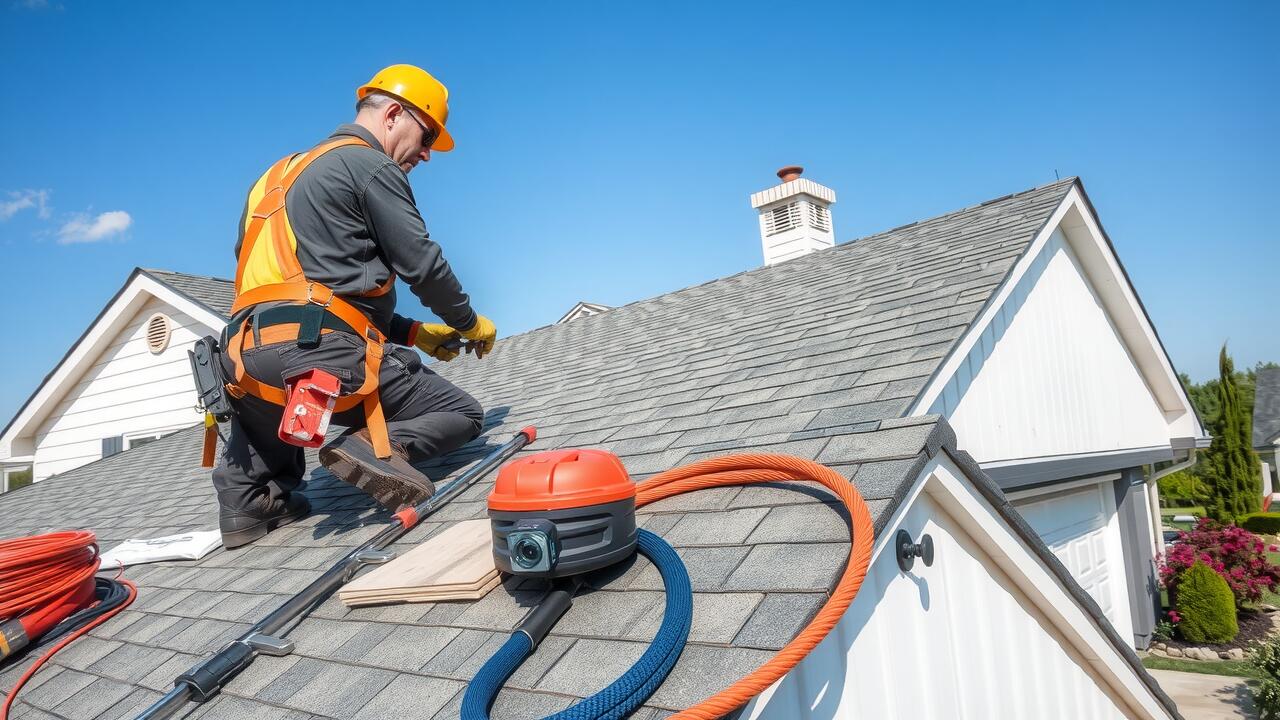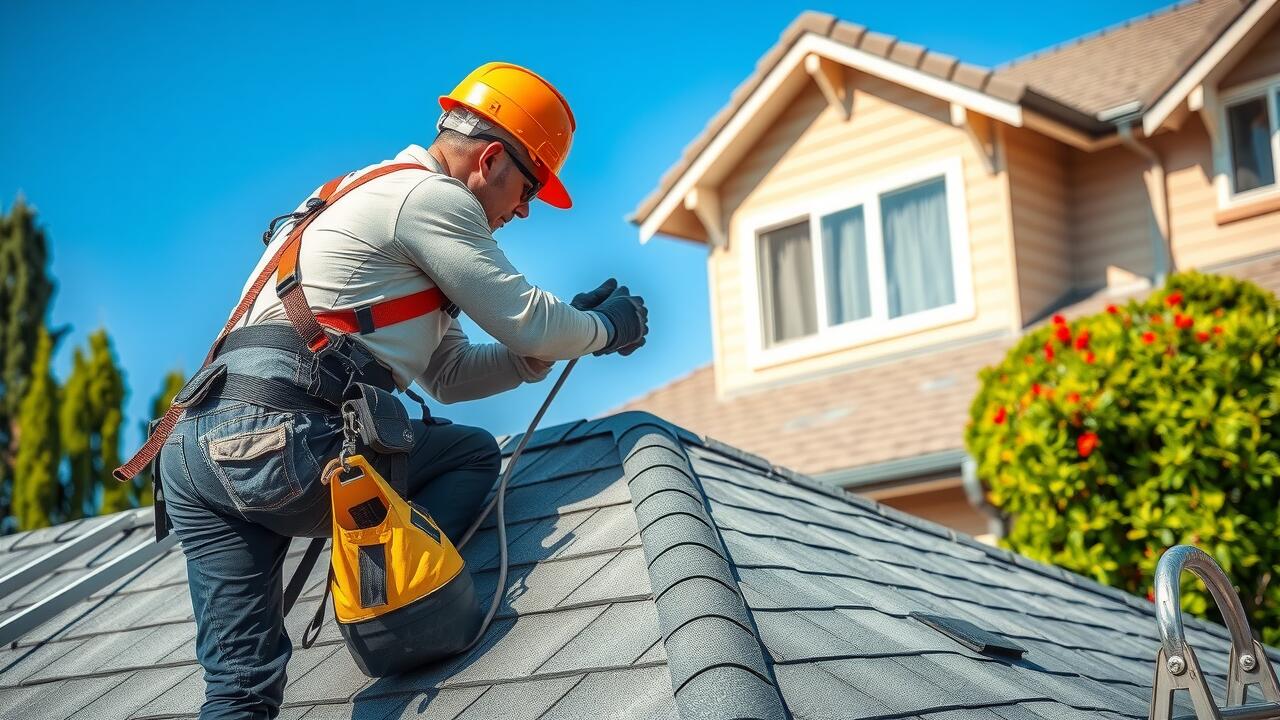
Table Of Contents
Professional vs. DIY Roof Inspections
Homeowners often face the decision of whether to conduct roof inspections themselves or hire professionals. DIY inspections can save money and empower homeowners with knowledge about their roofs. However, climbing onto a roof requires specific skills and safety measures. Those without experience may overlook critical issues. Recognizing the limitations of DIY can help ensure that serious problems don’t go unnoticed.
Hiring professional inspectors offers advantages that extend beyond mere convenience. Experts possess the training and keen eye necessary to identify potential issues that may elude an untrained individual. Their comprehensive understanding of various roofing materials adds value to the inspection process. For residents interested in thorough and reliable assessments, professional help for roof maintenance in Sioux Village, Rapid City, may be the most prudent choice.
Evaluating Your Skills and Resources
Before deciding to undertake a DIY roof inspection, it’s essential to evaluate your skills and resources. Consider your ability to safely access your roof, especially if it has a steep pitch. Homeowners should have a good understanding of basic roofing components, such as shingles, flashing, and gutters. Inspecting these elements may require specialized knowledge. If you’re unfamiliar with these components, it might be more prudent to seek professional help for thorough roof maintenance in Sioux Village, Rapid City.
Additionally, assess the tools and equipment you have at your disposal. A simple inspection might only require a ladder and a flashlight, but more detailed checks may call for safety gear or even drones for hard-to-reach areas. Proper equipment ensures safety and accuracy during the inspection process. Ultimately, the decision between a DIY approach and hiring professionals hinges on whether you feel confident in your abilities to identify potential problems.
Choosing the Right Time for Inspections
Timing is important when it comes to scheduling roof inspections. Spring and fall are typically recommended as the optimal seasons for these checks. During spring, homeowners can assess any winter damage that may have occurred while also preparing for the heavy rains and storms synonymous with summer. Fall inspections allow for a thorough evaluation before the onset of winter, ensuring that roofs are ready to handle the challenges of snow and ice.
Understanding local weather patterns can further guide when to conduct these inspections. Roof maintenance in Sioux Village, Rapid City, should take into account the geographic climate, which can lead to specific vulnerabilities. By aligning inspections with seasonal changes, homeowners can address potential issues proactively and prolong the lifespan of their roofing systems.
Optimal Seasons for Roof Checks
The changing seasons in Sioux Village play a significant role in determining the best time for roof inspections. Spring and fall often emerge as the ideal periods for these checks. During spring, heavy snow and ice from winter have usually melted, revealing any hidden damage. In fall, before winter sets in, inspecting your roof can help identify issues that could exacerbate during the freezing temperatures.
Another factor to consider is the local weather patterns, which can impact the roof’s integrity. Rain and wind during summer storms can cause wear and tear, making pre-winter inspections essential. Roof maintenance in Sioux Village, Rapid City, focuses on addressing any vulnerabilities that may have developed throughout the year, ensuring your home remains protected against the harsh winter elements.
Understanding Roof Materials and Their Vulnerabilities
Understanding the specific materials used in a roof is essential for effective maintenance and longevity. Asphalt shingles, often found in Sioux Village homes, can become brittle during cold winters and may degrade with excessive heat in the summer. Metal roofs, while durable, require attention to sealants and potential rust issues that can arise from moisture accumulation. Each material presents its own vulnerabilities that homeowners need to be aware of to ensure proper upkeep.
Humidity and temperature fluctuations also take a toll on roofing materials. Wood shakes, for example, are prone to rot and warping if not properly maintained in humid seasons. Similarly, clay tiles may crack if subjected to frequent freeze-thaw cycles. Regular roof maintenance in Sioux Village, Rapid City, not only addresses these vulnerabilities but also helps prevent costly repairs down the road. Understanding these factors allows homeowners to take proactive measures, ensuring a safer and more reliable roofing system.
How Different Materials React to Seasonal Changes
Different roofing materials respond uniquely to seasonal changes, influencing their durability and longevity. For instance, asphalt shingles may become brittle during cold winters and can crack under stress if not maintained properly. In contrast, metal roofs are more resilient, often handling temperature fluctuations better. However, they can expand and contract, leading to potential leaks if seams and fasteners aren't securely fastened.
Wooden roofs, while aesthetically pleasing, require particular attention as they can warp, crack, or develop mold when exposed to moisture during the spring and summer months. Identifying these vulnerabilities is essential for effective roof maintenance in Sioux Village, Rapid City. Homeowners should regularly assess the condition of their roofs based on the material used to ensure they remain structurally sound throughout the year.
FAQS
Why are seasonal roof checks important for homes in Sioux Village?
Seasonal roof checks help identify potential issues early, prevent costly repairs, and ensure the roof remains in good condition to withstand the local weather conditions throughout the year.
Can I perform a roof inspection myself, or should I hire a professional?
While DIY inspections can be effective for homeowners with the right skills and tools, hiring a professional ensures a thorough assessment and helps identify hidden issues that may be overlooked.
What is the best time of year to conduct a roof inspection?
The optimal times for roof inspections are typically in the spring and fall, as these seasons allow you to assess any damage from winter weather and prepare for potential issues before storms arrive.
How do different roof materials react to seasonal changes?
Different materials, such as asphalt shingles, metal, and tile, have unique vulnerabilities. For example, asphalt shingles can become brittle in cold weather, while metal roofs can expand and contract, which may lead to loosening over time.
What are the signs that I need a professional roof inspection?
Signs that indicate you may need a professional inspection include noticeable leaks, sagging areas, missing shingles, granule loss, and any visible damage following a severe storm.
